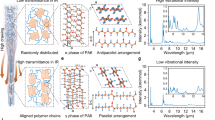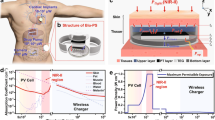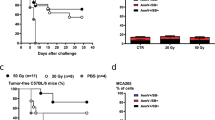Abstract
IT is generally supposed that the only significant reaction produced by absorption, in the tissues, of infra-red radiation—and it applies practically to the radiation from electric lamps—is to cause a rise in temperature of the tissues, there being no attendant chemical effect such as accompanies ultra-violet irradiation. Thus, whereas for ultra-violet irradiation the energy absorption in a single treatment is of the order of 10 calories, in the case of infra-red radiation it is more than 10,000 times larger.
This is a preview of subscription content, access via your institution
Access options
Subscribe to this journal
Receive 51 print issues and online access
$199.00 per year
only $3.90 per issue
Buy this article
- Purchase on SpringerLink
- Instant access to full article PDF
Prices may be subject to local taxes which are calculated during checkout
Similar content being viewed by others
References
Wolff, H. G., and Hardy, J. D., Phys. Rev., 27, 167 (1947).
Bigelow, N., et al., J. Clin. Invest., 24, 503 (1945).
Drake Seager, E. R., and Lax, C. B., Army Operational Research Group Report (declassified), No. 10/48.
Carslaw, H. S., and Jaeger, J. C., "Conduction of Heat in Solids", 56 (Oxford, 1947).
Lloyd-Smith, D. L., and Mendelssohn, K., Brit. Med. J., 975 (1948).
Author information
Authors and Affiliations
Rights and permissions
About this article
Cite this article
AULUCK, F., KOTHARI, D. Radiation and Sensation of Pain. Nature 164, 923 (1949). https://doi.org/10.1038/164923a0
Issue date:
DOI: https://doi.org/10.1038/164923a0



